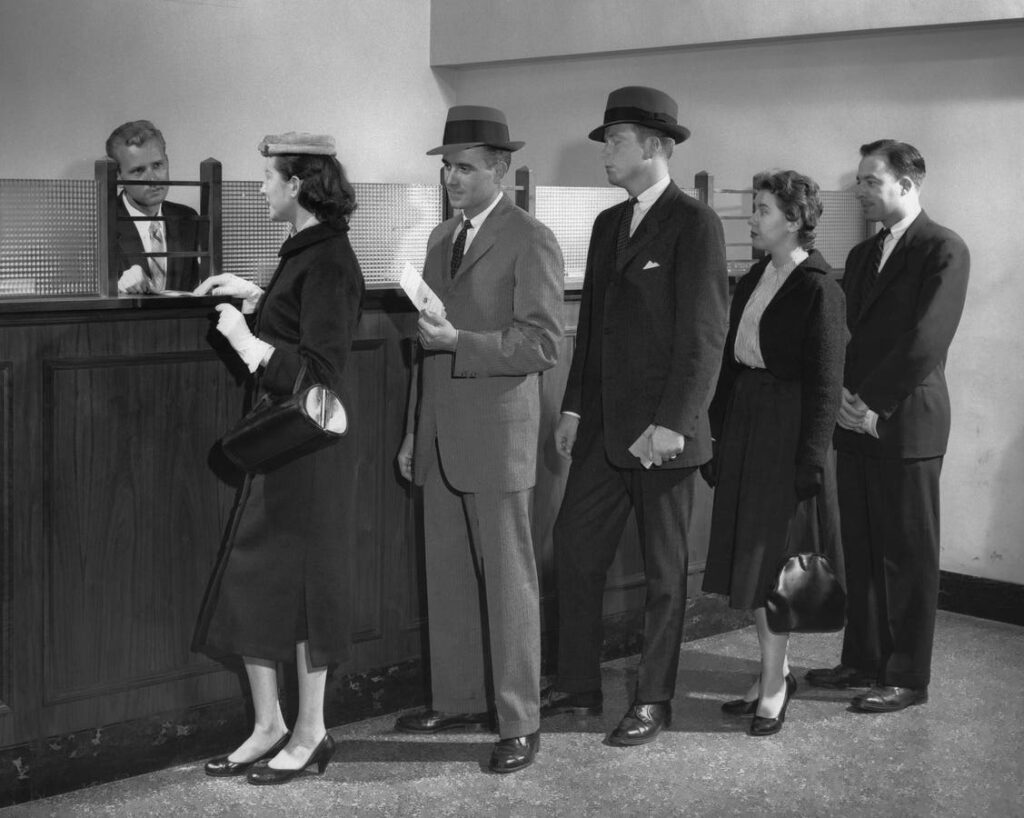Getting a clear read on the health of small businesses is difficult. Hard data is limited. Most assessments rely on surveys or sentiment indexes. But insights can still be found, especially from publicly trading lenders with a front-row seat to borrowing behavior.
Live Oak Bancshares offered one such window into the small business environment on Thursday. The Wilmington, North Carolina–based bank, which has a market capitalization of $1.2 billion, ranked second in the nation last year for originations of Small Business Administration 7(a) loans, a key federal program that supports small business financing through partial government guarantees. In fiscal 2024 (going by the Federal government calendar which begins in October), Live Oak originated $2 billion in 7(a) loans. So far in fiscal 2025, it has originated $1.5 billion—more than any other lender so far this year.
In other words, they’re clued into how small business is faring.
Loan volume at that scale suggests demand remains strong. “We have not yet seen a decline in potential borrowers’ appetite,” said CFO Walt Phifer during the earnings call. At the same time, executives on the call said the economic outlook, clouded by President Trump’s tariffs, remains uncertain. Inflation continues to weigh on operating costs, and many borrowers are still managing high interest expenses from loans originated in prior years. Delinquencies remain low, but credit standards have tightened. “We still have some road to cover,” said Phifer, in regard to future loan charge-offs, which he said could rise in subsequent quarters.
Recent reductions in headcount at the Small Business Administration have raised concerns about program stability, particularly following efforts by the Department of Government Efficiency (DOGE) to restructure operations. Live Oak executives indicated they have not seen a material impact. “The SBA is alive and well,” said BJ Losch, the bank’s president, noting early signs of progress on planned technology upgrades at the agency. Reinstated fees for smaller loans—rolled back during the pandemic—are not expected to affect the bank’s operations and may offer a competitive edge as less established lenders, particularly “fintech oriented lenders,” retreat, Losch said.
Despite missing earnings expectations—reporting 21 cents per share against a 37-cent estimate from FactSet—Live Oak shares rose more than 7% following the report. Investors appeared to focus on record quarterly loan production of $1.4 billion and deposit growth of $635.5 million.
Read the full article here

